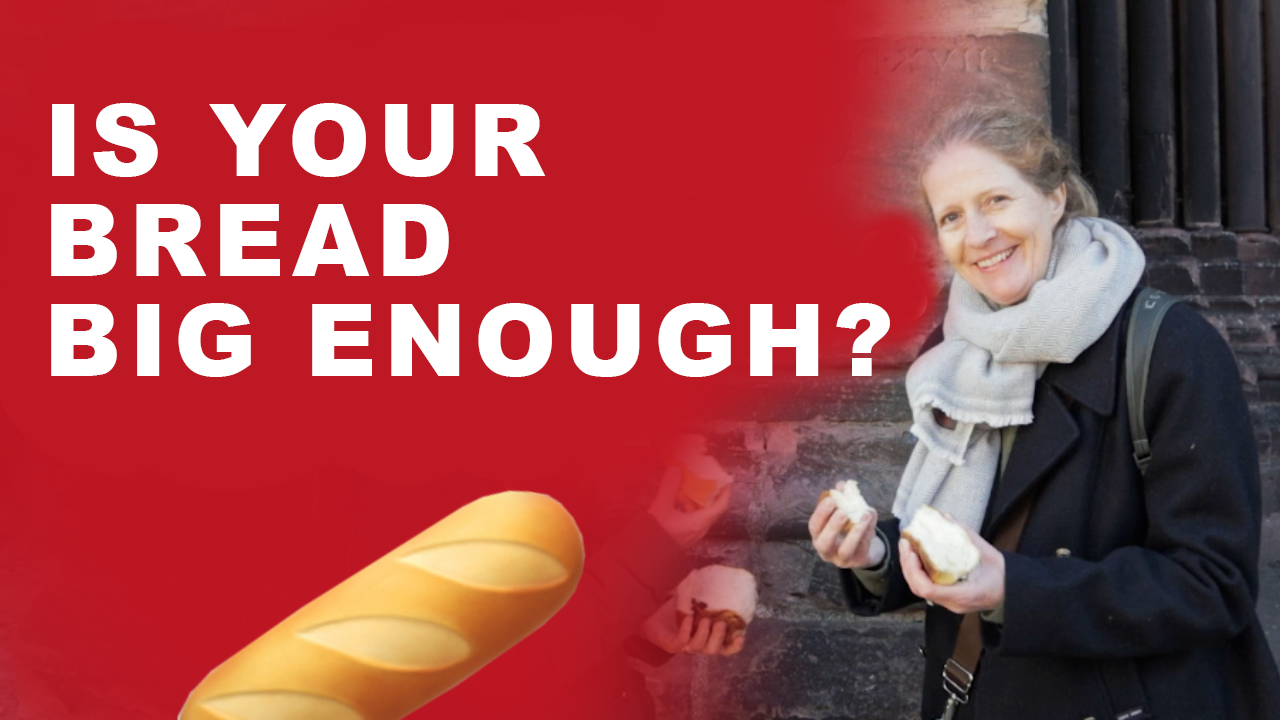Is your bread big enough?
⏰⏰ TOPICS ⏰⏰
0:00 Intro
0:35 The Freiburg Cathedral: a demonstration of power
2:22 120 Mary’s and the Day of Judgement
3:25 The bread measures: shapes and sizes
4:37 Fraud and penalties: showing the baker
5:14 Bread as the major source of nutrition: rich and poor
6:01 Bread tasting
6:14 Brot in der Buchmalerei: Bread in the art of Book Painting: The medieval art of Baking and the Body of Christ.

No meat on the open fire, wine in abundance or huge banquets: bread as the main food of an entire era.
Find out which standards were used to bake it, how it was measured and what punishments were imposed on bakers!
TRADITIONAL BAKING ART: BREAD AT THE CATHEDRAL
The art of baking has a long tradition in the Middle Ages, bread was the main food source for an entire millennium. It is therefore not surprising that the production and sale of this important good was strictly regulated and controlled.
At that time, Freiburg’s cathedral was not only a symbol of the city’s power, but also a guideline for the bread sold at the market. The breads size and measures were always carved into the walls of the cathedral. These standard measures were larger or smaller depending on the year and the harvest yields or droughts. The customer who bought his bread at the market could thus compare the bread with the given measure and size and find out whether he had been cheated.
If the bread measurements did not match and the customer was cheated, the punishment was „baker’s shoving“. Here the baker was put in a wooden cage, hung in the river, and passers-by could throw dirt and stones at the baker. This punishment seemed necessary to ensure the quality of this important food.
